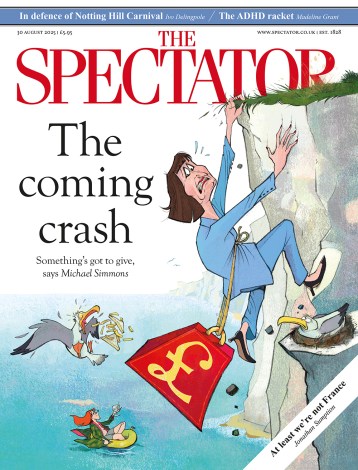‘Enemy of obviousness’
‘Quelle catastrophe.’ Thus Samuel Beckett on hearing that he had won the Nobel Prize in 1969. He would doubtless have been similarly disdainful of the events arranged to mark his centenary, which falls on 13 April. A disregard for fame and success, and even for his followers, was one of Beckett’s artistic hallmarks and it stems from his extraordinarily painful and prolonged emergence as an author. Why care about his reputation or his readers? For half of his life he had none. He was born in 1906, to prosperous Dublin Protestants, and educated at Portora, the same school as Oscar Wilde. He was an all-rounder. A brilliant linguist and a
